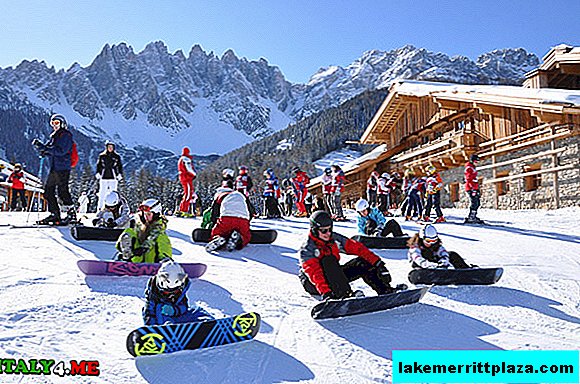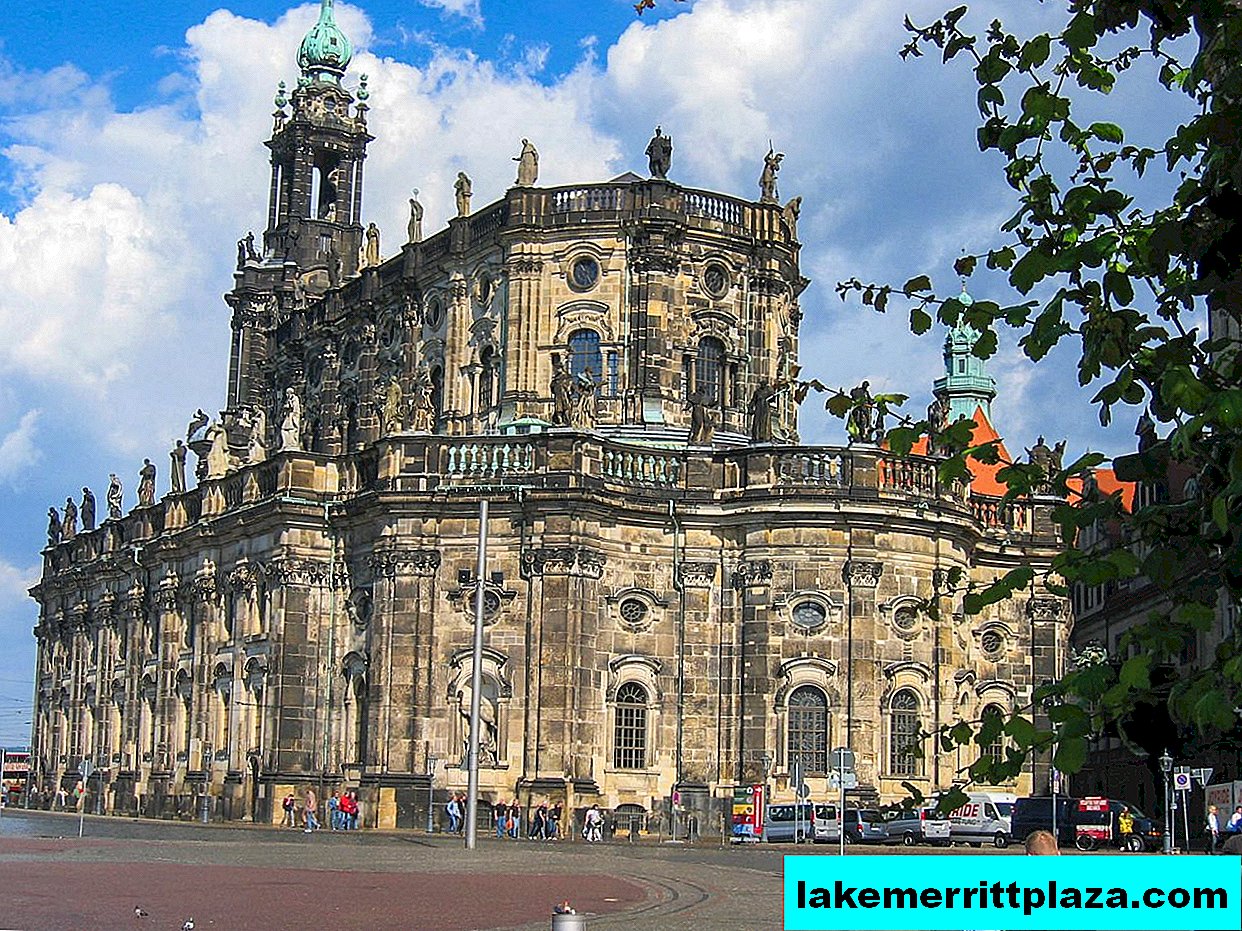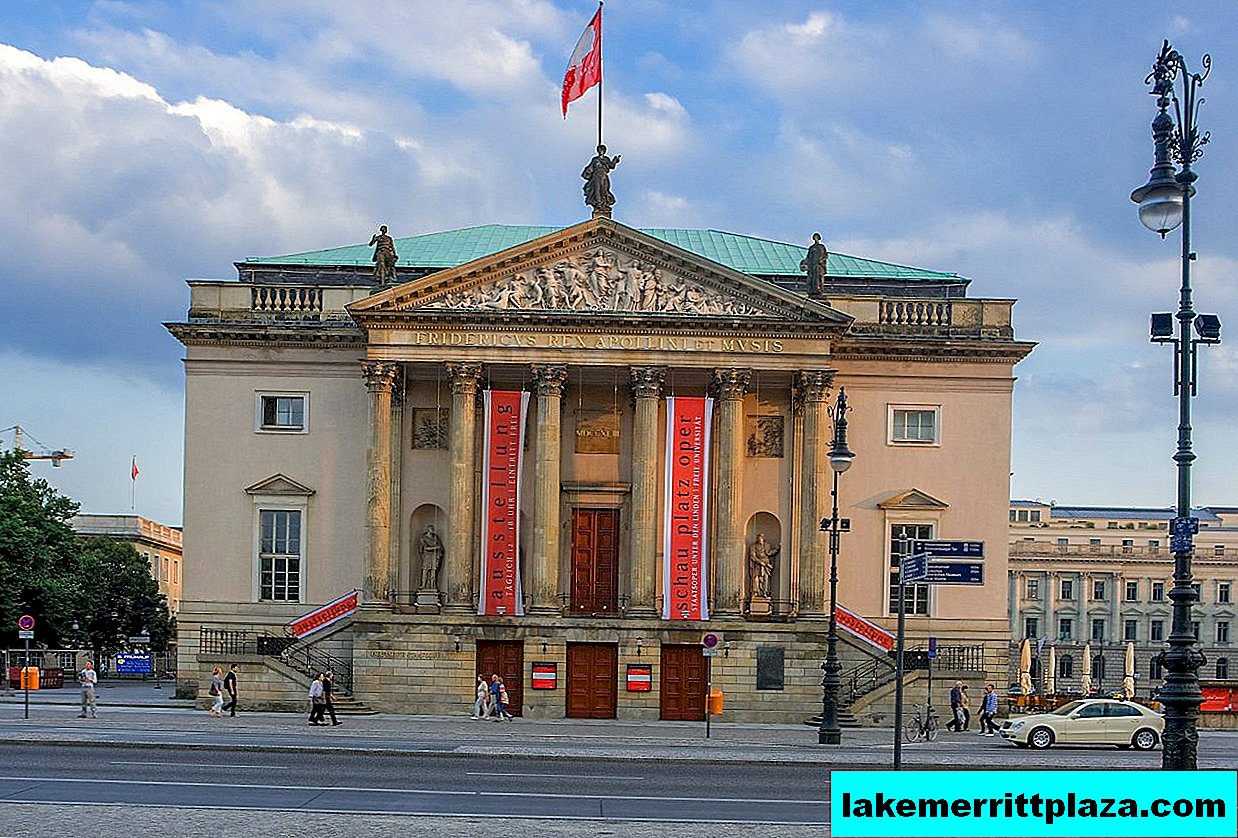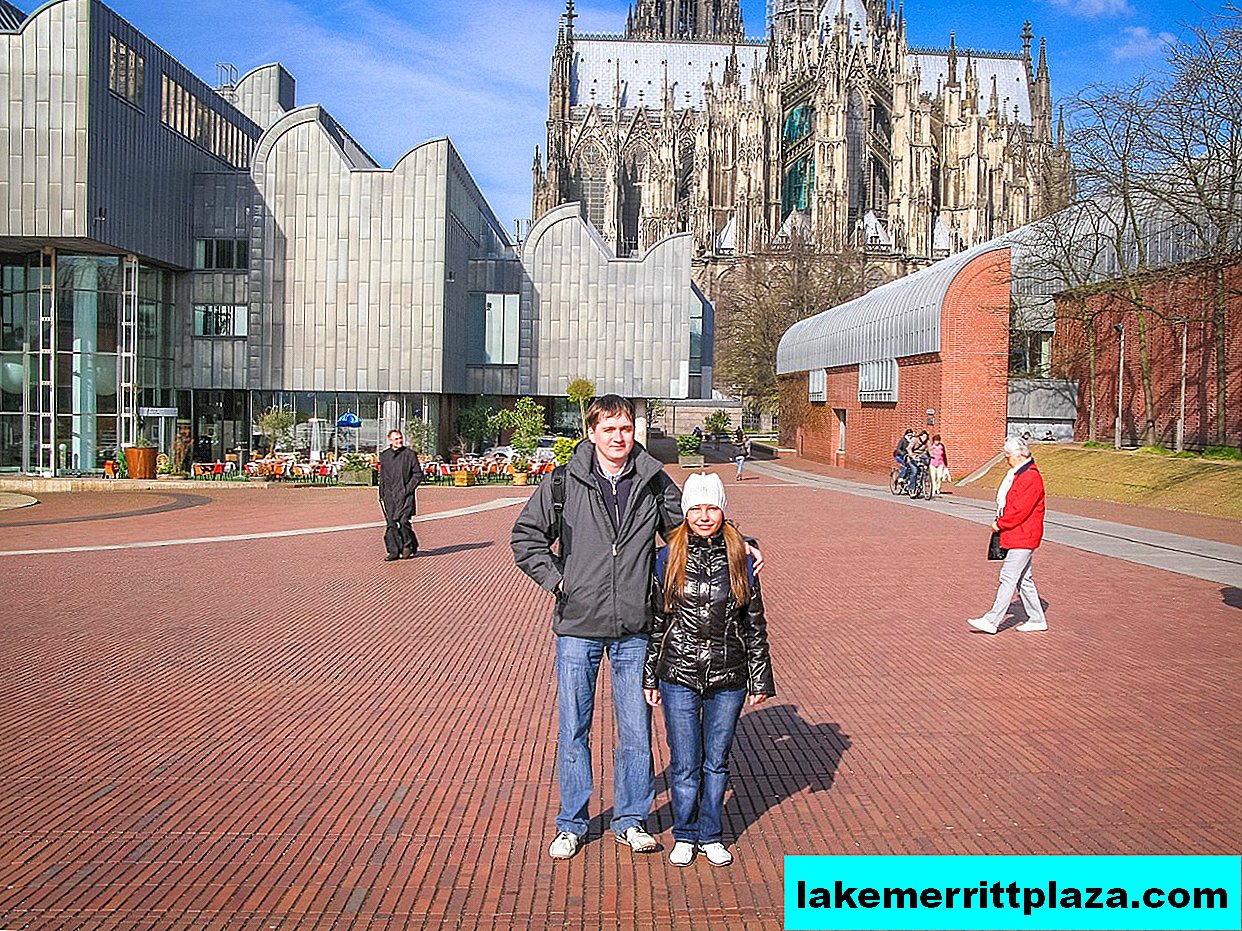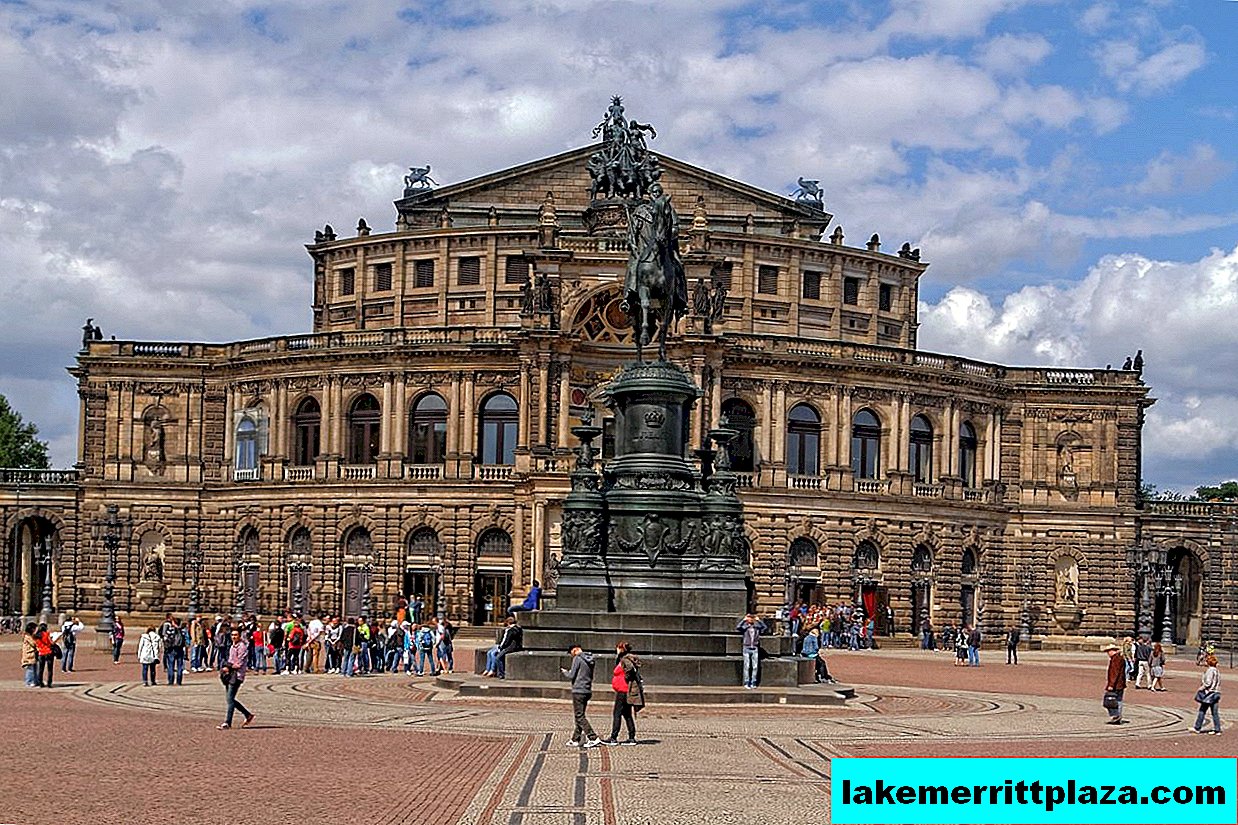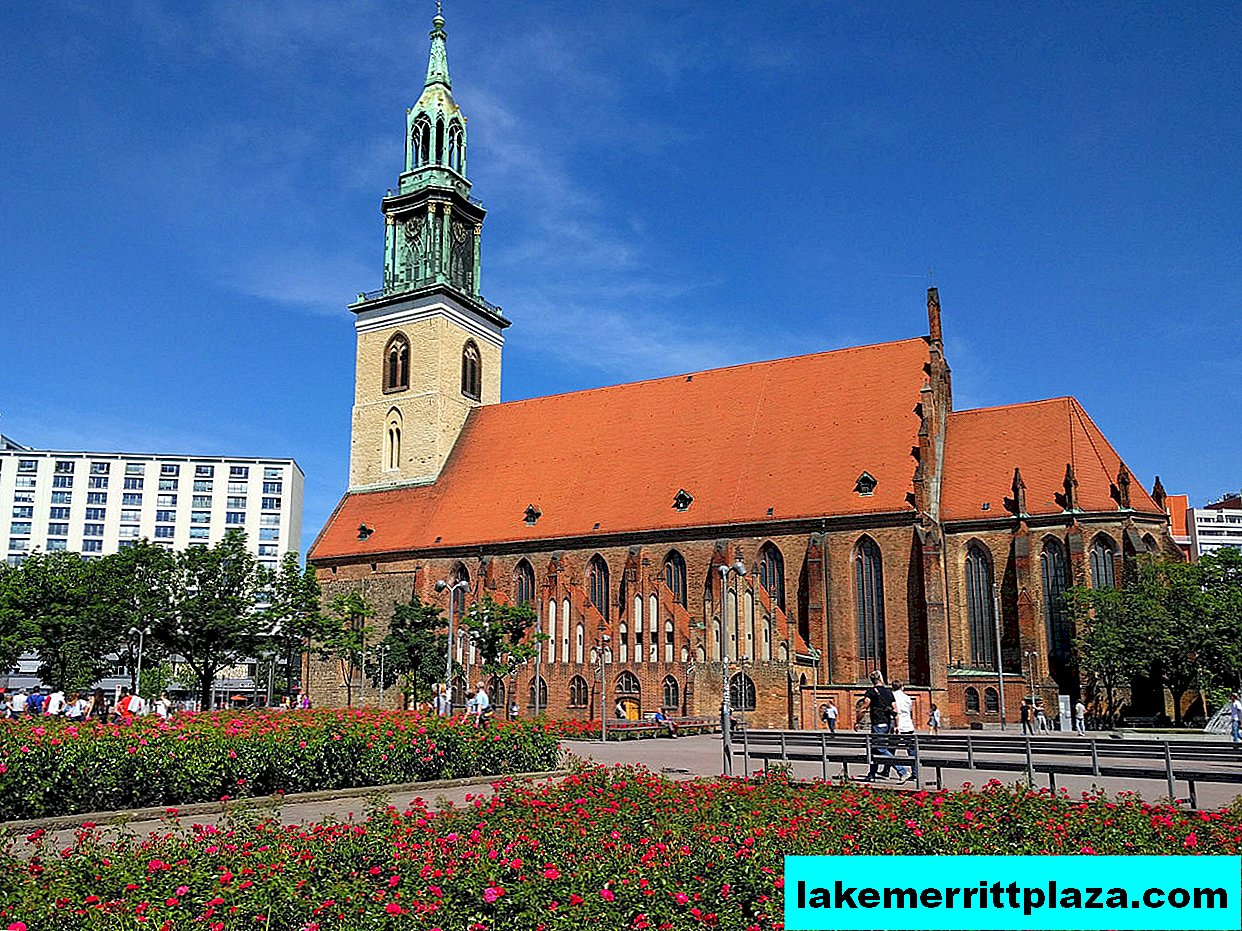You should go to Rothenburg on Tauber just to walk along narrow cobbled streets, catch a drop of magic in local shops, breathe in the scent of relaxation and pacification that comes from everywhere, feel the spirit of a medieval city with red tiled roofs.

Rothenburg ob der Tauber
The ancient city of Rothenburg
Until 1108, the settlement of Rotinbure was the residence of the counts of Rothenburg-Comburg. The noble family was stopped, its last representative bequeathed the land to the Komburgsky monastery. However, the will of the deceased was violated by the emperor. Henry V granted the estate to the Duke of Conrad of Swabia, his nephew. In 1142, an imperial castle (Reichsburg) was built on the banks of the Tauber. Thus began the history of the city of Rothenburg.
Rothenburg passed into the possession of the genus Hohenstaufen and since 1172 officially received the status of a city. They began to surround him with a fortress wall (part of the 13th century defenses remained today). Since 1274, Rothenburg ob der Tauber became an independent imperial city. The heyday of Rothenburg began. By the middle of the XV century, the population reached 5.5 thousand people. Trade was developing, its own legal proceedings were operating, temples were being built.
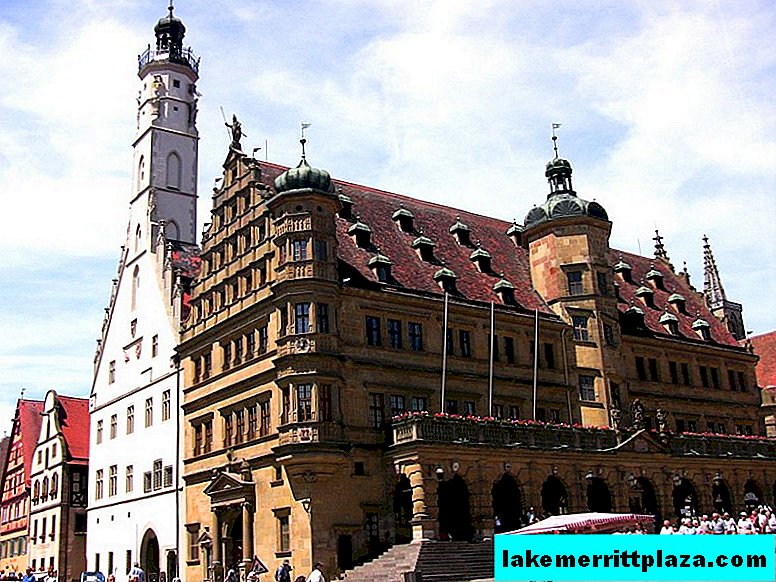
Town Hall
The city lost its power with the outbreak of the Thirty Years War (1618). In 1645 he was captured by the French, in 1648 the city authorities paid a huge indemnity. Rothenburg finally became impoverished and in 1812 became subordinate to Bavaria.

Market Square (Marktplatz)
A gradual revival began in the mid-19th century. Amazing architecture attracted artists, poets and travelers to the city. In 1873, a railway line was built. Rotenburg residents were forbidden to rebuild their homes - a ban was introduced in order to preserve the historical appearance.

Rothenburg ob der Tauber (German: Rothenburg ob der Tauber)
During World War II, part of the buildings in the western part of the city was destroyed, but it was not completely destroyed. American General John McCloy defended medieval architecture. Rothenburg was saved.
The city's attractions
Church of st. Jacob



There are several old churches in Rothenburg. The Gothic Church of St. James (Stadtkirche St. Jakob) was built from 1311 to 1485. This church is famous for its amazing wooden altars by master carver Tilmann Riemenschneider. The famous Altar of Holy Blood was brought to the temple from the Crusades. Thanks to this relic, the church became an object of pilgrimage. The interior is made in high Gothic style with slender columns, high arches on the ribs and numerous lancet stained glass windows.
Church of st. Wolfgang

St. Wolfgang Church (Wolfgangskirche)
St. Wolfgang Church (Wolfgangskirche am Klingentor (Wehrkirche)) - a unique fortified temple. It was built in the period 1475-93. and was part of the defensive fortifications at the gates of Klingentor. The temple was built in the late Gothic style, with loopholes and powerful walls. Its second name is the Pastoral Church (St. Wolfgang is considered the patron saint of shepherds).
Franciscan Church

Franciscan Church (Franziskanerkirche)
The oldest church is the Franciscan (Franziskanerkirche). This early Gothic temple was built in 1285. It also has an altar of Riemenschneider and stained-glass windows by Johannes Schreiter. The main nave, in addition to worship, is used for lectures and music events.
Plonline Square

Plönlein Square
The most famous square is Plönlein. This small medieval square is depicted on postcards with views of Rothenburg. Here are the Siebers Tower (Sieberstor (Südtor)), (1385) and the gate Kobolzeller (Kobolzellertor (Taubertal)) (1360).
Museum of Toys and Puppets

Museum of Toys and Dolls (Puppen- und Spielzeugmuseum)
Children will be interested in visiting the Toy and Puppet Museum (Puppen- und Spielzeugmuseum). This is a private exhibition located in a 15th century house. Here are collected about a thousand toy exhibits created in France and Germany.
Starotenburg House of Crafts

Museum of the Starorotenburg House of Crafts (Alt-Rothenburger Handwerkerhaushaus)
Small Unique Museum "Starorotenburg House of Crafts" (Alt-Rothenburger Handwerkerhauschen) located in an old mansion in 1270. The exposition details the life of families of medieval artisans.

Rothenburg ob der Tauber
Today, romantic Rothenburg ob der Tauber attracts tourists from all over the planet. The authentic medieval flavor has been preserved here - there are no large shops and advertising posters in the city. Ancient buildings under red tiled roofs are decorated with flowers in drawers, wrought-iron grates and fences.
German Christmas Museum

German Christmas Museum (Deutsches Weihnachtsmuseum)

Shop "Christmas Village"
Christmas Rothenburg is called the "winter fairy tale" and the "sleeping city". On the main square there is a complex of five buildings - the German Christmas Museum (Deutsches Weihnachtsmuseum) with the Christmas Village store. In the museum you can get acquainted with the history of the holiday, customs and traditions; take a look at Santa Claus, Santas, Nutcrackers and a lot of decorations for the holiday, and something can even get.
Holidays and events

Rothenburg Festival
In September, a festival is held in Rothenburg. Residents put on medieval costumes and play historical performances. On the Market Square organizes annual holidays Guild of sheep farmers. As part of these celebrations, pastoral dance competitions are held.
Rothenburg is famous for the Christmas holidays. Christmas is especially beautiful here, and holiday markets are especially rich. It is no coincidence that the Christmas Museum operates in Rothenburg all year round.
How do I save on hotels?
Everything is very simple - look not only at the booking. I prefer the search engine RoomGuru. He is looking for discounts at the same time on Booking and on 70 other booking sites.


